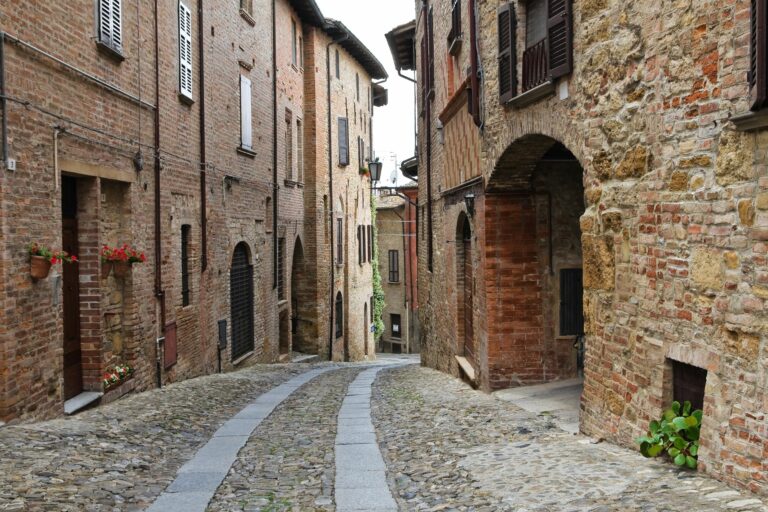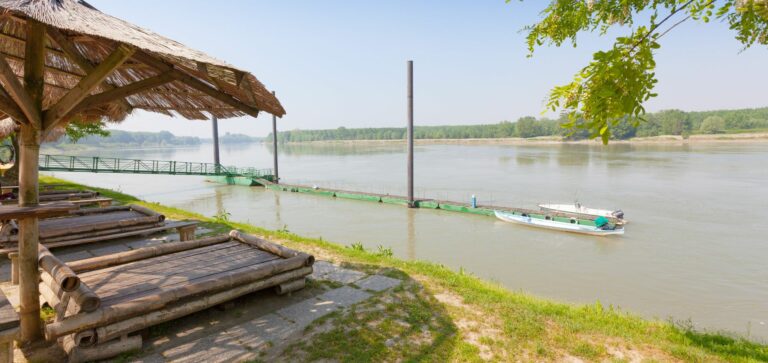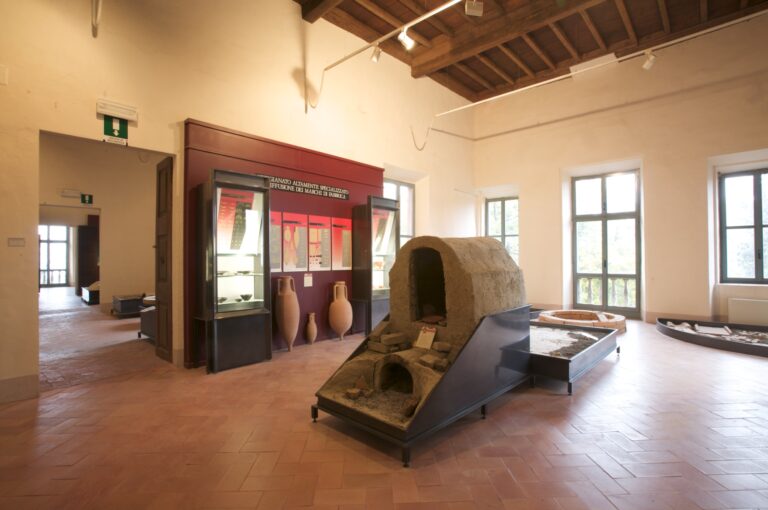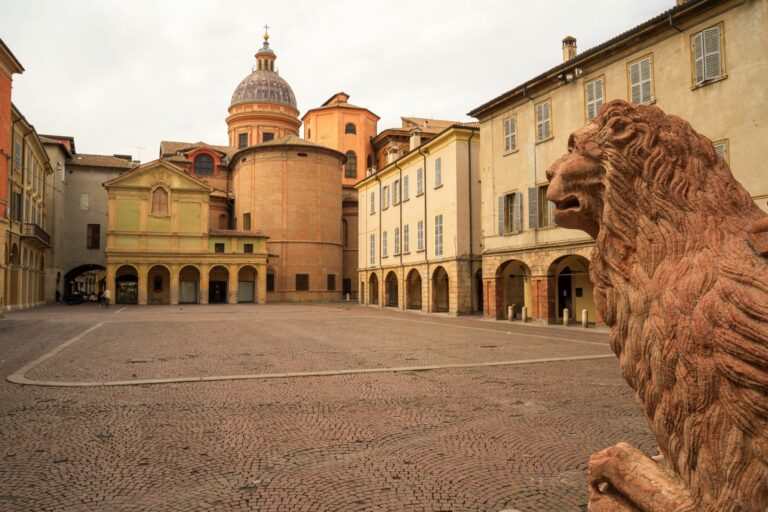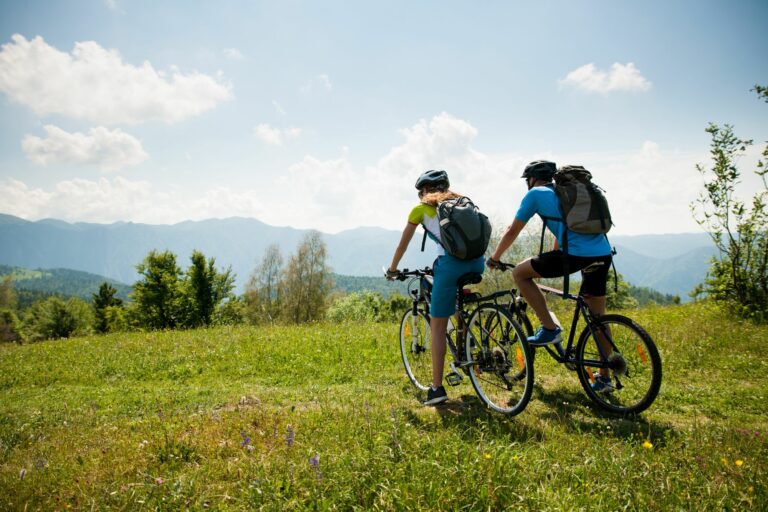What to see in Reggio Emilia? Here is an exciting and interesting archaeological itinerary that guides you to discover the most important evidence of Roman Reggio. To walk it is to take a journey back in time.
The first stop on the itinerary is Palazzo Spalletti Trivelli, an ancient and valuable building located along the Via Emilia in the historic center of Reggio. It is currently home to Credito Emiliano (Credem), which purchased it in 1940 and began major restoration work with the aim of restoring the building to its original splendor. The palace is a veritable treasure chest of artistic and historical artifacts. In the basement it preserves an archaeological site from Roman times of considerable importance for reconstructing the history of Reggio Emilia. In fact, the site provides access to the heart of the ancient city of Regium Lepidi: the Forum Square. Unfortunately, however, the palace can only be visited during exhibitions and events or by reservation.
A few meters from Palazzo Spalletti Trivelli, still along the Via Emilia, a commemorative plaque can be seen that indicates the Gromae Locus, that is, the exact point from which the construction of the city began, between 187 and 185 BC. Here, in fact, the Romans planted the groma, the wooden pole used by the mensor or agrimensor legionis to trace the two main axes of the new settlement: the decumanus maximus, which corresponds to the Via Emilia running from Piacenza to Rimini; and the cardo, which instead coincides with today’s Via Roma.
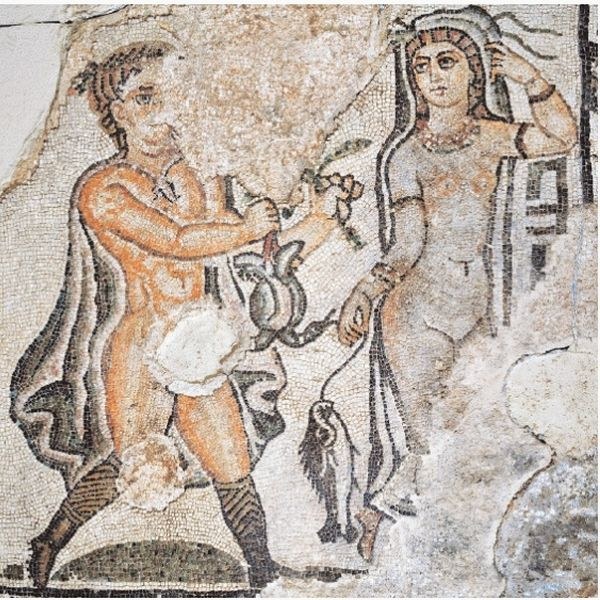
The next stop on the itinerary is the Museo Diocesiano, located on the first floor of the Palazzo Vescovile Estense, attested since the 12th century but later, in the first half of the 17th century, modified by architect Bartolomeo Avanzini. Its interior houses a large number of works dating from the 4th to the 16th century, including the extensive late antique mosaic floor found under the crypt of the Cathedral of Santa Maria Assunta. The magnificent stone carpet, which was probably part of a vast domus, is decorated with fine mythological scenes, dancers, animals and geometric motifs.
The itinerary then continues to Piazza Prampolini, the beating heart of Reggio Emilia. It is overlooked by the Palazzo del Comune, whose construction, begun in 1416, saw several successive architectural interventions. The building, from which the Tricolor Hall can be accessed, holds in its entrance a statue of Marcus Aemilius Lepidus, founder of the city in Roman times, after whom it was named.
A few steps from Piazza Prampolini is the Palazzo dei Musei, headquarters of the Reggio Emilia Civic Museums. The Portico dei Marmi displays epigraphs and fragments of funerary architecture from the necropolis of Regium Lepidi. Among the most significant monuments are: the epigraph in elegiac verse commemorating the young Tinuleia Musa; and the stele of the freedman C. Pomponius Felix. In the Cloister, on the other hand, there are reconstructed drum funerary monuments of Roman centurions.
Finally, the last stop on the itinerary is Parco del Popolo, the city’s green lung as well as one of the most important places in historic Reggio. Also known as Public Gardens, it stands in the area once occupied by the “Citadel.” Inside is the Concordi monument, a funerary enclosure built by a Roman family that lived in the area of ancient Brixellum (Brescello). Found in Boretto in 1929, it represents one of the most interesting expressions of Roman funerary relief in all of northern Italy.
Photo © Municipality of Reggio Emilia
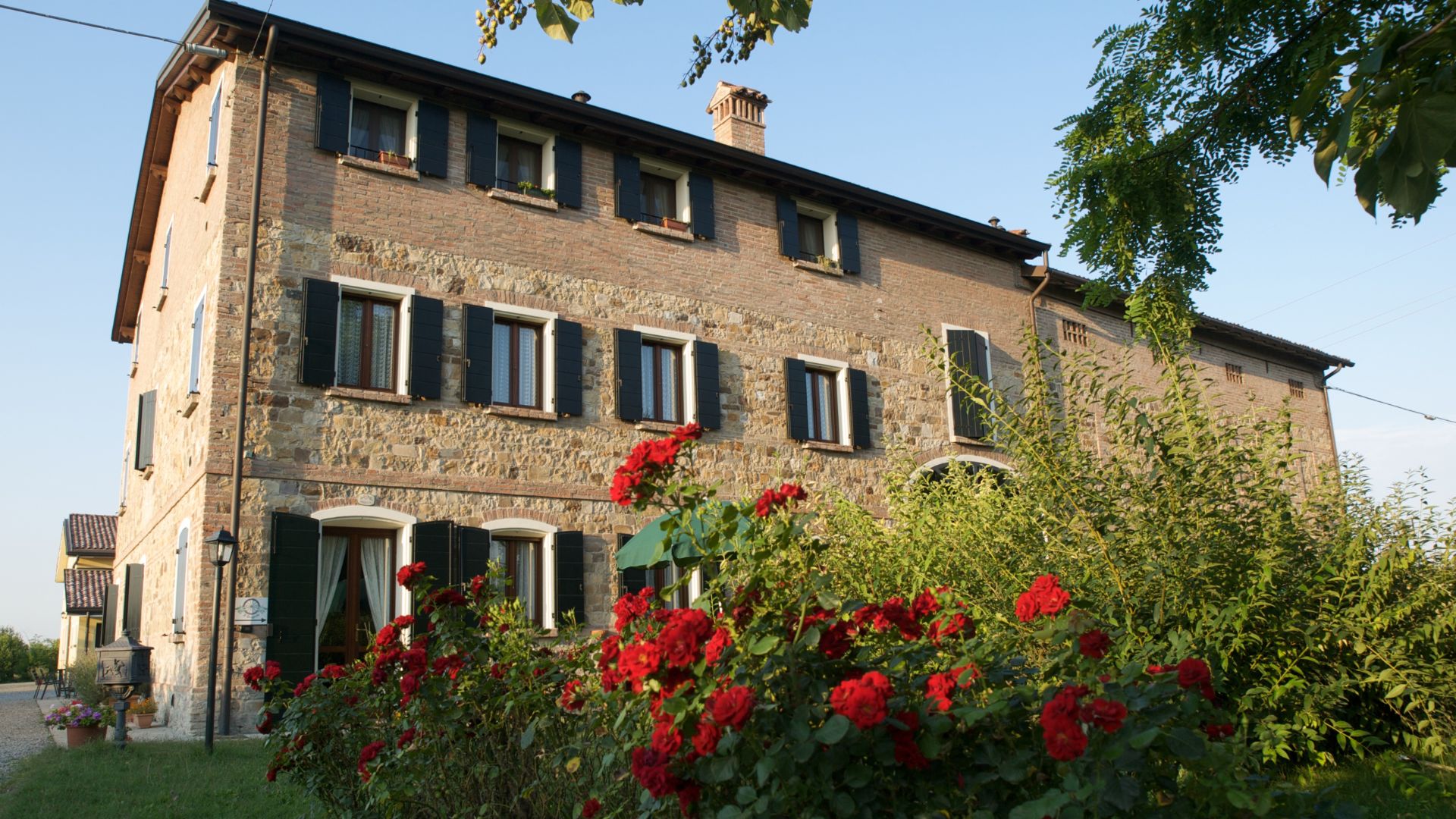
AGRITURISMO IL BRUGNOLO
Welcome to il Brugnolo
If you’re looking for completely independent apartments surrounded by greenery you really are in the right place here!
In fact, Brugnolo is immersed in the green nature of the Emilian countryside. For your relaxation, for that of your children, and again for the runs of your 4-legged friends, you will have 6000 square meters of park at your disposal!

